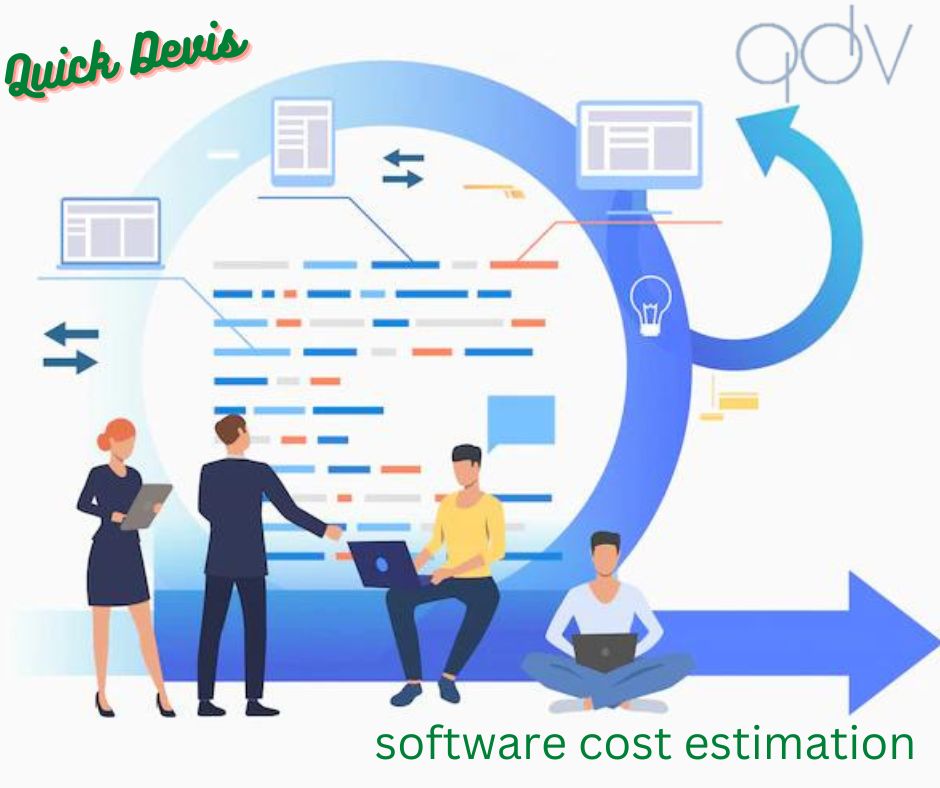Several factors influence how project managers complete a software cost estimation. Some organizations, for example, require all projects to be budgeted according to specific policies; others may rely on the project manager’s expertise. Similarly, many organizations may use rough estimates in the early stages of project planning as opposed to more precise estimates later on.
We will look at four of the most common cost estimation techniques that you can use in the following sections.
1. Analogical Estimation
A project manager uses analogous estimating to calculate the expected costs of a project based on the known costs of a similar project that was completed in the past. This software cost estimation method is based on a combination of historical data and the project manager’s expert judgment.
Because no two projects are identical, analogous estimating has limitations. As a result, it is frequently used in the early stages of project planning, when a rough estimate suffices. Analogous estimating is also used when there is little information available about the current project.
2. Statistical Estimation
Historical data and statistical modelling are used in parametric estimating to assign a dollar value to specific project costs. This method determines the underlying unit cost for a specific project component and then sells that unit cost as needed. It is far more accurate than analogous estimating, but it necessitates more preliminary data to assess costs accurately.
In the construction industry, metric estimating is commonly used. For example, an experienced construction manager may recognize that the average new home will cost a certain amount per square foot (assuming a particular margin of error). If they know the average cost, the margin of error, and the square footage of a new project, parametric estimating will allow them to identify a budget that should fall within this range. Estimating the cost per unit to print & bind a book or build an electronic device are two other examples.
3. Bottom-Up Estimation
A larger project is broken down into many smaller components in bottom-up estimating. The project manager then separately estimates costs for these smaller work packages. For example, if a project includes work divided among several departments within an organization, costs may be allocated by the department. Once the costs have been estimated, they are added together to form a single larger cost estimate for the entire project.
Bottom-up estimating allows a project manager to look at individual tasks within a project in greater detail, allowing for a more accurate estimation process.
4. Three-Point Estimation
A project manager uses three-point estimating to identify three separate estimates for the costs associated with a project. The first point represents an “optimistic” estimate, in which work is completed and funds are spent most efficiently; the second point represents a “pessimistic” estimate, in which work is completed and funds are spent least efficiently; and the third point represents the “most likely” scenario, which is typically somewhere in the middle.
Three-point estimating software cost estimation is derived from the Program Analysis and Review Technique and is based on several weighted formulas.
Making Your Own Way Forward
Cost estimation is a skill that requires practice and time to master. For those who have already completed formal project management education, this can be as simple as seeking additional opportunities to practice budget building and management using the various techniques outlined above. If you are looking for software cost estimation services, you can reach out to Quick Devis. They will help you get the best cost estimation services.


Leave A Comment
You must be logged in to post a comment.